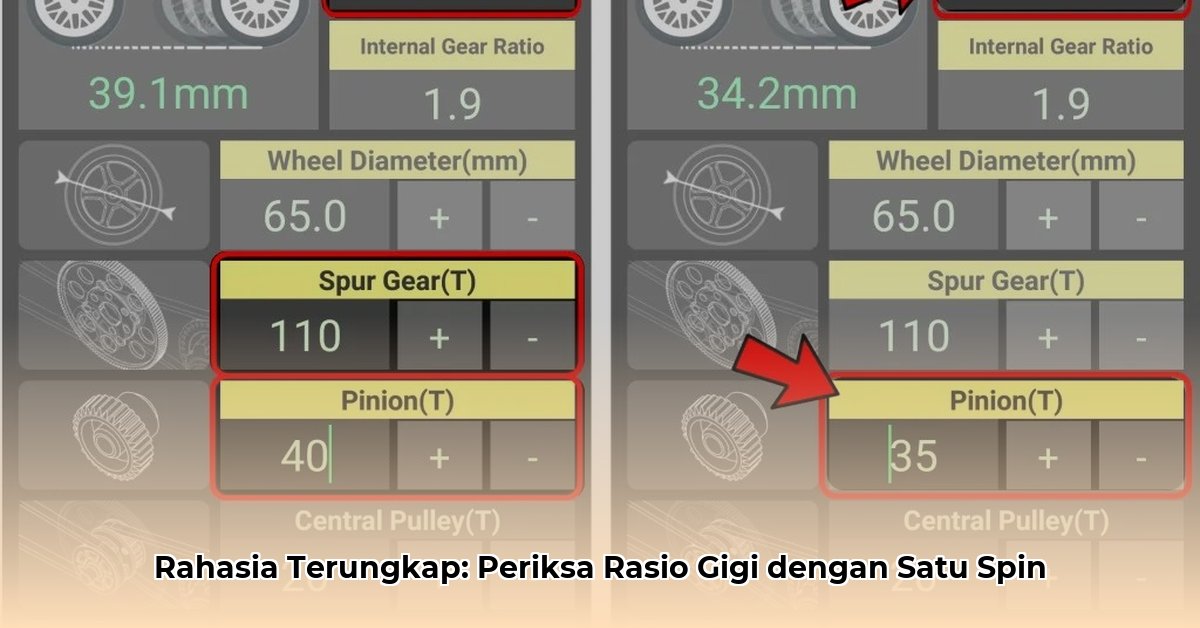
Check Gear Ratio: Tire Spinning Simplified
Materials:
- Marking tape or chalk
- Assistant (optional)
Instructions:
- Safety First: Engage the parking brake, put on safety gear, and work on a level surface.
- Mark the Tire: Place a mark on the sidewall of the rear tire.
- Spin the Driveshaft: Rotate the rear driveshaft by hand.
- Count the Revolutions: Count how many times the driveshaft spins while the tire completes one full rotation.
- Calculate the Ratio: Multiply the number of driveshaft turns by 2 to obtain the gear ratio.
Example:
If the driveshaft rotates 5 times while the tire makes one complete rotation, the gear ratio is 5 x 2 = 10:1.
Tips:
- Ensure the driveshaft spins at a consistent pace.
- For vehicles with limited-slip differentials, rotate both rear tires.
- Use a permanent marking tool to prevent smudging.
Importance of Gear Ratio:
Gear ratio influences vehicle performance by:
- Torque and Acceleration: Higher gear ratios provide increased torque and acceleration for low-speed situations.
- Top Speed and Fuel Economy: Lower gear ratios allow for higher top speeds with less engine strain, potentially improving fuel efficiency at highway speeds.
- Custom Performance: Tailors vehicle performance to specific needs, such as off-roading or high-performance driving.
Factors Affecting Accuracy:
- Tire Size: Larger tires require higher gear ratios for accurate calculations.
- Tire Pressure: Under- or over-inflation affects tire diameter, altering gear ratio estimates.
- Tread Pattern: Aggressive treads can introduce friction, reducing precision.
- Other Considerations: Tire wear, road surface, and environmental conditions can also impact accuracy.